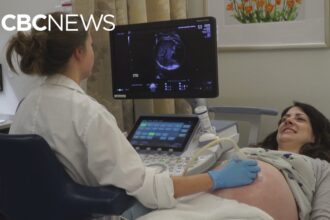The South Similkameen Health Centre has temporarily closed its emergency department, leaving residents in Keremeos and surrounding communities without immediate local access to urgent medical care. This closure represents the latest in a troubling pattern of healthcare service disruptions affecting rural British Columbia.
Interior Health announced the emergency department would cease operations starting Friday, with officials citing critical staffing shortages as the primary factor behind the decision. The health authority has not provided a definitive timeline for reopening, stating only that services will resume “when staffing levels stabilize.”
“We understand the anxiety this creates for residents who depend on local emergency services,” said Dr. Sarah Collins, Regional Medical Director for Interior Health. “This was not a decision made lightly, but patient safety must remain our top priority when staffing levels cannot support safe care delivery.”
Patients requiring emergency medical attention are now being redirected to Penticton Regional Hospital, located approximately 45 kilometers away—a journey that can take upwards of 40 minutes by car. For residents without reliable transportation, this presents a significant barrier to accessing timely care.
The closure has sparked considerable concern among local officials. Mayor Manfred Thompson expressed frustration at what he described as “another blow to rural healthcare access” in a statement to CO24.
“Our community has an aging population, many of whom cannot easily travel to Penticton,” Thompson noted. “This closure places vulnerable residents at considerable risk and highlights the ongoing challenges of maintaining essential services in rural communities.”
This disruption occurs amid broader healthcare staffing challenges facing Canadian healthcare systems. According to data from the Canadian Institute for Health Information, rural communities experience 28% fewer healthcare professionals per capita compared to urban centers, creating persistent service vulnerabilities.
Local resident Eleanor Jameson, 72, voiced her concerns about the closure’s impact: “When you’re having chest pains or a serious injury, every minute counts. Adding a 45-minute drive to Penticton could be the difference between life and death for someone in critical condition.”
Interior Health has established a dedicated phone line for community members with questions about alternative care options during the closure. They have also committed to providing regular updates on staffing recruitment efforts and potential reopening timelines.
Healthcare policy experts suggest this situation reflects wider systemic issues in healthcare delivery. “Rural healthcare facilities often operate on razor-thin staffing margins,” explained Dr. Michael Harding, healthcare policy researcher at the University of British Columbia. “When even one or two key positions remain unfilled, entire departments can become non-operational.”
Community advocates are mobilizing in response to the closure. The South Similkameen Healthcare Coalition has announced plans to hold a town hall meeting next week to discuss potential community-based solutions and advocacy strategies.
As this healthcare disruption unfolds, residents are left wondering: in a country that prides itself on universal healthcare access, why do rural communities continue to bear the disproportionate burden of service reductions, and what fundamental reforms are needed to ensure equitable access regardless of geography?


















